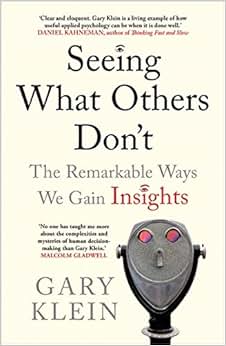What is PRC in Trading? Navigating Price Reference Coin in Web3 Finance
Introduction If you’ve watched crypto markets bounce between forex quotes, indices swings, and stock-like moves, you’ve likely felt the friction of price misalignment across venues. A newcomer concept that’s gaining traction in Web3 trading is PRC—Price Reference Coin. It isn’t a magic shortcut, but a thoughtfully designed reference asset meant to unify price feeds, settle trades, and reduce cross-market arbing. Think of PRC as a stabilizing compass for multi-asset trading in a decentralized world.
What PRC stands for and why it matters PRC stands for Price Reference Coin (a term you’ll see in early adopter whitepapers and DApp docs). The idea is simple: a dedicated reference token or contract that represents a canonical price level for a given basket of assets or a cross-asset quote. Instead of chasing dozens of price feeds for forex, stocks, crypto, indices, options, and commodities, traders reference a single PRC quote. The result is tighter pricing, easier hedging, and more predictable settlement—especially valuable when markets whipsaw in one segment while others lag behind.
How PRC works in practice A typical PRC setup blends oracle feeds, collateral, and smart contracts. Oracles aggregate multiple data sources to produce a robust reference price. That price backs minting or collateralization for PRC tokens, which then circulate in trading pools. When you place a trade or a levered position, your exposure stamps against the PRC quote rather than chasing separate asset feeds. If a deviation appears, risk controls like circuit breakers or margin calls can trigger, protecting the system from a single feed going rogue.
PRC across asset classes
- Forex and indices: PRC offers a unified view of major currency baskets or indices, reducing cross-exchange arbitrage friction.
- Stocks and ETFs: A PRC can anchor equity-like quotes on-chain, aiding synthetic exposures or cross-venue settlements.
- Crypto and commodities: In volatile times, PRC helps align bitcoin, ether, or gold-like baskets with traditional markets.
- Options and futures: Pricing models can reference PRC to standardize implied vol and fair value across venues.
- Practical benefit: smoother liquidity, lower slippage, and clearer risk management for complex portfolios.
Real-world feel and cautions I’ve seen PRC-based pools reduce afternoon slippage during liquidity droughts. Yet, it’s not a silver bullet. Oracle attacks, liquidity fragmentation, and governance disputes can still rattle prices. Always assume a PRC is a trusted layer, not a magic wand. Diversify data sources, prefer platforms with multiple independent oracles, and watch for governance delays in updating reference rules.
Reliability, leverage, and risk awareness Treat PRC as a pricing backbone, not a free lunch. Use prudent leverage, set stop-losses tied to PRC moves, and keep a portion of capital in cross-asset hedges. Favor platforms with transparent fee schedules, clear collateral ratios, and independent security audits. When markets run hot, scale into PRC-backed trades gradually to avoid instant margin compression.
Security and tools you can rely on Security starts with smart contract audits, multi-sig upgrades, and trusted custodians for keys. Use reputable wallets, enable transaction alerts, and integrate chart tools that display PRC alongside spot prices. A strong workflow blends on-chain data with off-chain analytics for confirmation before committing capital.
DeFi, challenges, and the road ahead Decentralized finance is maturing, yet price feeds remain a focal risk. PRC ecosystems need robust governance, cross-chain compatibility, and user-friendly interfaces to attract broader traders. Expect more standardized PRC APIs, modular oracles, and insurance pools to address rare oracle failures.
Future trends: smarter contracts and AI-driven trading Smart contracts will automate more PRC-driven strategies: dynamic hedges, adaptive risk controls, and automatic rebalancing across asset classes. AI-assisted signal engines can fuse PRC data with on-chain and off-chain indicators, offering proactive risk management and smarter entry/exit decisions.
Slogan for the road ahead PRC in trading: pricing you can trust, across markets, with the power of decentralized smart contracts.
If you’re curious about how PRC could fit your multi-asset strategy, start with a small PRC-backed experiment, verify feeds, and pair it with clear risk controls. In a world where advanced tech, security, and smart charting converge, PRC could become the steady backbone of Web3 trading—and a smart way to navigate the evolving frontier of decentralized finance.



